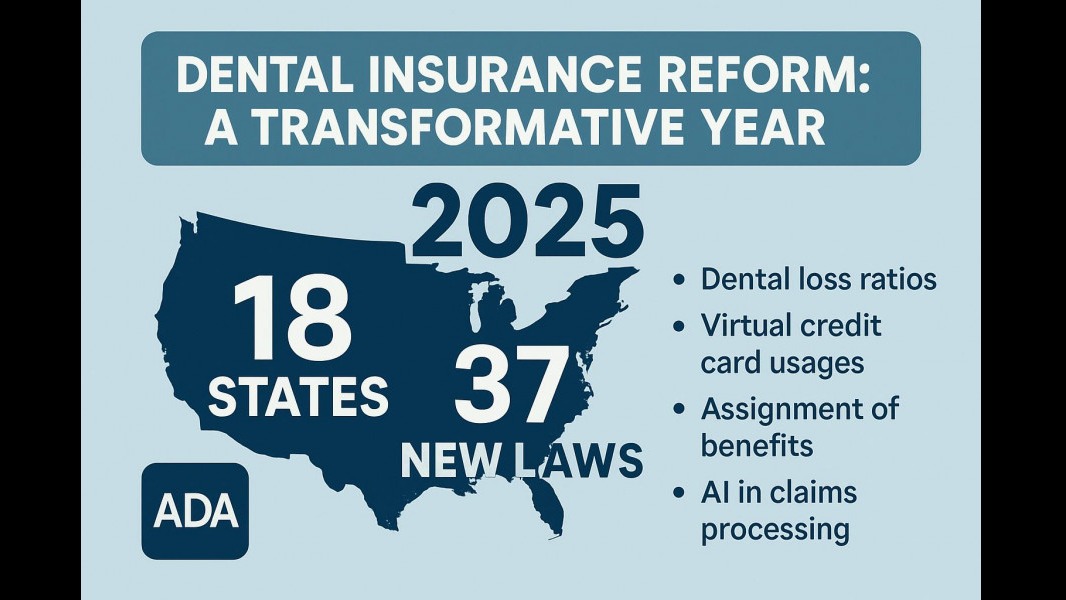
Understanding the Dental Staffing Crisis
The dental staffing crisis has escalated significantly in the post-COVID era, creating unprecedented challenges for practices across the United States. Leaders in the dental field are vocalizing their concerns as they grapple with dwindling staff ranks, which not only restricts operational capacity but also impacts patient care. Major contributors to this crisis include an insufficient supply of qualified professionals, economic pressures affecting wage scales, and evolving workplace expectations from the newer generation of employees.
Realities of Staffing Shortages According to Industry Experts
Dentists like Dr. Dan Bishop reveal the persistent difficulties in recruiting skilled assistants. Instances of hiring experienced personnel yielding disappointing results underscore a troubling trend; many well-seasoned workers may not possess the requisite skills to meet practice demands. Meanwhile, recent data indicates that staffing shortages have diminished dental practice capacity by as much as 10%. These challenges not only result in longer wait times for patients and elevated stress levels for existing staff but also threaten the quality of care.
The Financial Implications of the Crisis
As noted by Dr. Krista Kappus, a shortage of dental professionals leads to inevitable economic repercussions, particularly in wage inflation among retained staff. In just the past few years, salaries for hygienists have surged by approximately 21%, outpacing many other sectors. The gap between patient access and quality care continues to widen as insurance reimbursements fail to adjust with soaring operational costs. This price-sensitivity may force many practices to relinquish associations with lower-paying insurance plans, leading to constrained access to dental services in many communities.
Admission of Staff Strain and Its Personal Toll
The emotional and operational strain on existing dental staff is palpable. As practices adjust to shortages, team morale becomes increasingly fragile, with fatigue often setting in. Practices report that their employees are under consistent pressure to manage increased workloads with a lighter team. This scenario not only introduces the risk of burnout among dental professionals but also directly influences patient satisfaction, further compounding the effects of the staffing crisis.
Coping Strategies: How Practices Are Adapting
Despite the challenges, many dental practices are devising strategies to cope with staffing shortages. From enhancing internal hiring processes to fostering a positive work environment, practices are seeking innovative solutions. An essential strategy involves examining and improving workplace culture, which can play a pivotal role in attracting and retaining talent. Furthermore, utilizing technology, such as practice management software and tele-dentistry, helps ease administrative burdens and broaden the reach of patient care.
Future Predictions: Navigating the Landscape Ahead
The persistence of the staffing crisis will likely yield a paradigm shift toward more boutique-style dental practices that cater to a cash-paying clientele, potentially leaving lower-income patients with fewer options for essential care. As industry leaders contemplate the road ahead, it is critical to remain proactive in addressing both the immediate and long-term implications of these staffing shortages.
Finding Hope Amidst the Challenges
In conclusion, while the current staffing crisis in dentistry is daunting, understanding its root causes and implications allows for the formulation of effective strategies. Balancing economic realities with holistic approaches to employee well-being could provide a framework for resilience in the face of adversity. Empowering dental professionals and streamlining operations through innovation and support might ultimately prove paramount in overcoming these systemic challenges.
As dental professionals continue to navigate this complex landscape, it is vital to engage in discussions on improving recruitment and retention tactics, effectively leveraging available technology, and fostering an affirming work culture. Let's work together to build a better future for dental practices and the communities they serve.
 Add Row
Add Row  Add
Add 




Write A Comment